In recent years, inflatable kayaks have gained immense popularity among outdoor enthusiasts and water sports aficionados. Their portability, ease of storage, and affordability make them an attractive option for both beginners and experienced paddlers.
However, a common question lingers in the minds of many potential users:
Are inflatable kayaks safe?
Let’s delve into this query and explore the myths and realities surrounding inflatable kayaks to help you make an informed decision.

Myth 1: Inflatable Kayaks are Fragile and Prone to Punctures.
One of the most widespread misconceptions about inflatable kayaks is that they are delicate and prone to punctures. While it’s true that they are made of lightweight materials, modern inflatable kayaks are constructed using robust, puncture-resistant materials such as PVC, Hypalon, or Nitrylon.
These materials are designed to withstand rough waters and minor collisions with rocks or debris.
Reality: Inflatable kayaks are durable and can handle moderate wear and tear when used according to the manufacturer’s guidelines.
Myth 2: Inflatable Kayaks are Unstable and Tip Easily.
Some people worry that inflatable kayaks lack stability, leading to a higher risk of capsizing. However, inflatable kayaks are engineered with multiple air chambers, providing excellent stability and buoyancy.
Many models feature a wide base and a low center of gravity, enhancing their stability and making them suitable for various water conditions, including calm lakes and gentle rivers.
Reality: Inflatable kayaks offer stability comparable to hard-shell kayaks, ensuring a safe and enjoyable paddling experience.
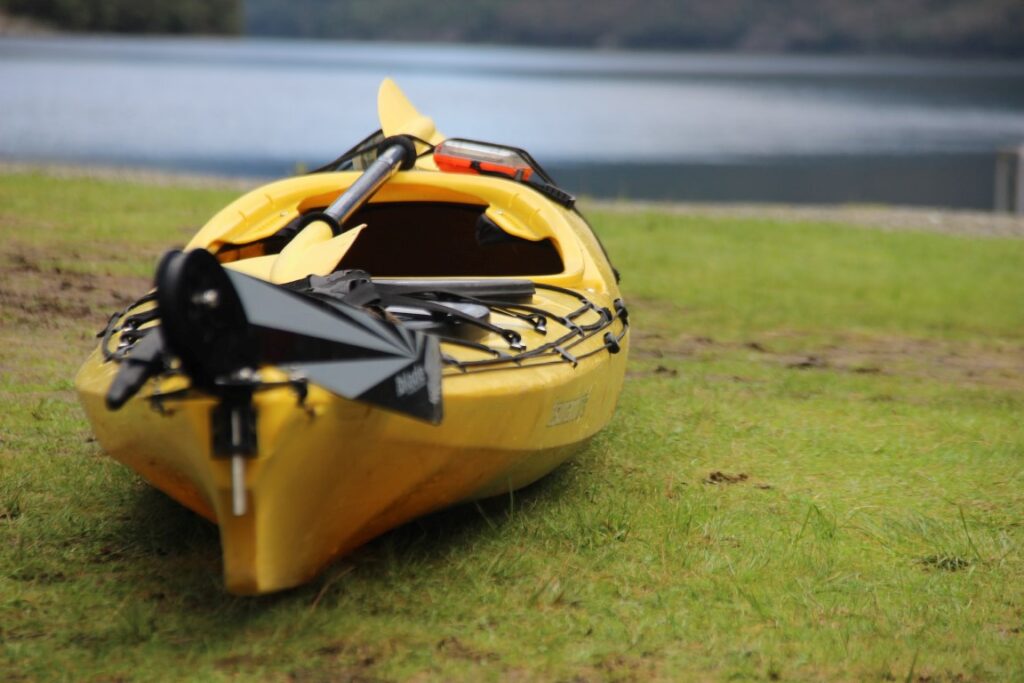
Myth 3: Inflatable Kayaks are Difficult to Inflate and Deflate.
Another misconception revolves around the convenience of inflating and deflating inflatable kayaks. Some people assume that this process is time-consuming and cumbersome.
Reality: Most inflatable kayaks come with user-friendly inflation and deflation mechanisms, such as high-capacity hand pumps or electric pumps.
With proper instructions, inflating and deflating an inflatable kayak can be quick and hassle-free.
Myth 4: Inflatable Kayaks are Not Suitable for Whitewater Paddling.
Whitewater kayaking enthusiasts often question the suitability of inflatable kayaks for challenging river or indeed open water conditions. The fear of punctures and lack of maneuverability are common concerns.
Reality: There are specialized inflatable kayaks designed specifically for whitewater paddling. These kayaks are constructed with reinforced materials, multiple air chambers, and advanced hull designs.
This ensures durability and maneuverability in turbulent waters. When chosen wisely, inflatable kayaks can handle various levels of whitewater with ease.
Conclusion:
When used responsibly and chosen based on the intended activity, inflatable kayaks are safe and reliable watercraft.
Like any outdoor equipment, it’s crucial to follow the manufacturer’s guidelines, practice proper safety measures, and wear appropriate personal flotation devices to ensure a secure paddling experience.
Bottom line is this. If you’re considering an inflatable kayak for your next water adventure, rest assured that with the right choice and proper care, you can enjoy a safe and enjoyable time on the water.
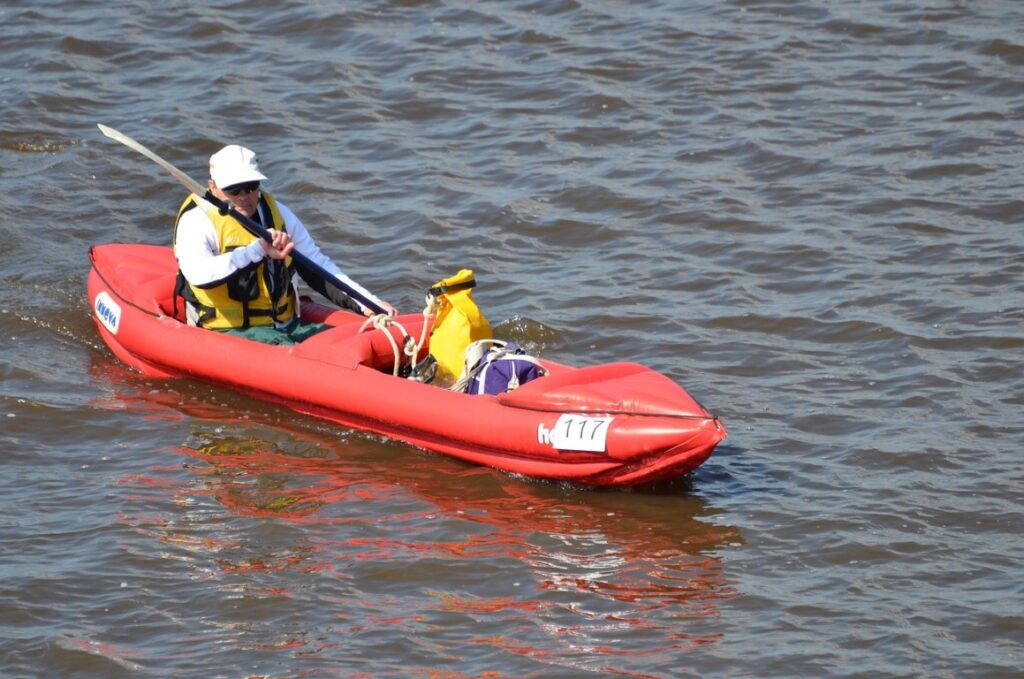
Are Inflatable Kayaks Safe for Dogs, Children, and Fishing?
Inflatable kayaks are not only popular among adults but are also favoured by families, pet owners, and fishing enthusiasts. Let’s explore the safety considerations for specific scenarios involving dogs, children, and fishing activities.
Are Inflatable Kayaks Safe for Dogs?
Many pet owners wonder if inflatable kayaks are safe for their furry companions. Kayaking with dogs can be a delightful experience, but it requires careful consideration of their comfort and safety.
It’s essential to train your dog to stay calm in the kayak and gradually introduce them to the water environment. Additionally, investing in a high-quality doggy life vest is crucial, providing buoyancy and ensuring your pet’s safety in case they accidentally fall into the water.
Selecting an inflatable kayak with a stable and spacious design is also vital, allowing your dog to move around comfortably without tipping the kayak.
Always consider your dog’s size, temperament, and specific needs before embarking on a kayaking adventure together.
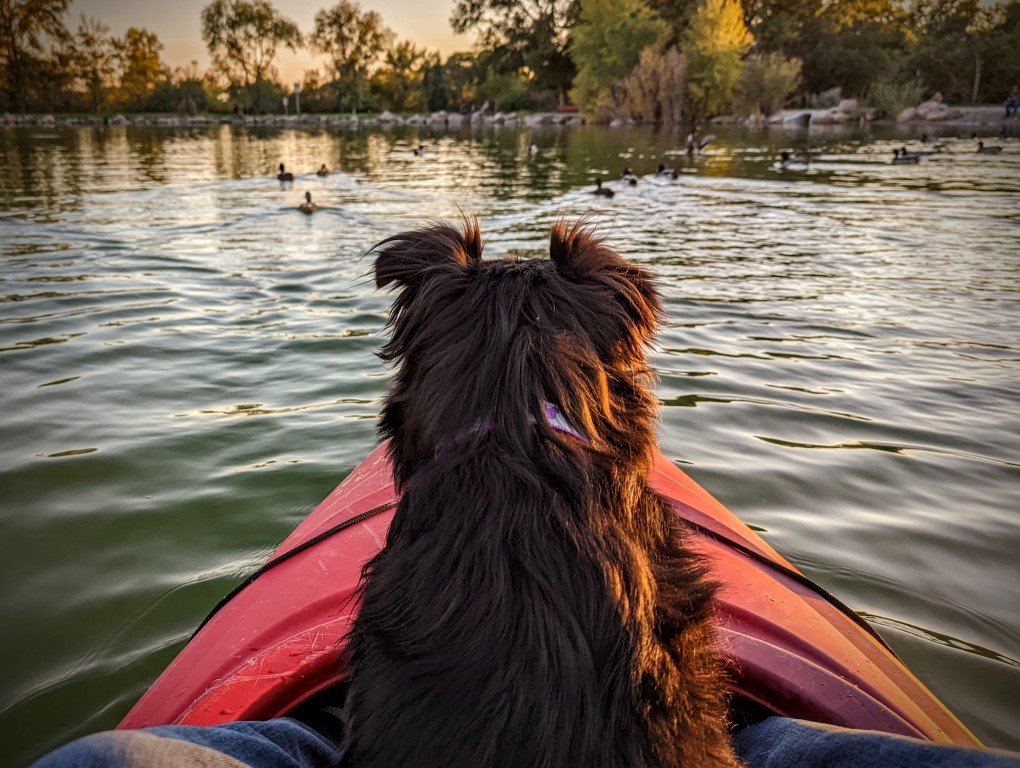
Are Inflatable Kayaks Safe for Children?
Inflatable kayaks can provide wonderful family experiences, allowing children to enjoy nature and water activities. However, ensuring the safety of young paddlers is paramount.
When kayaking with children, it’s crucial to provide them with properly fitting life jackets, designed specifically for their size and weight.
Adult supervision is essential, and parents or guardians should maintain a close watch on their children at all times. Choosing inflatable kayaks with stable and spacious cockpits enhances safety, preventing accidental falls and providing a comfortable paddling experience for children.
Teaching kids basic paddling techniques and water safety rules further contributes to a secure and enjoyable kayaking outing for the whole family.
Are Inflatable Kayaks Safe for Fishing?
Inflatable kayaks offer anglers a unique and versatile platform for fishing in various water bodies. However, fishing activities come with specific safety considerations that anglers must address.
Stability is paramount when fishing from a kayak, and inflatable kayaks with wider bases and enhanced stability features are ideal for anglers. It’s crucial to maintain balance while casting or reeling in fish, avoiding sudden movements that could destabilize the kayak.
Properly securing fishing gear, including rods, tackle boxes, and other accessories, prevents clutter and minimizes the risk of accidents.
Wearing a comfortable and reliable life vest is non-negotiable, providing essential buoyancy and ensuring safety in case of unexpected falls.
Additionally, anglers should be mindful of their surroundings, including other watercraft and changing weather conditions, to ensure a safe and enjoyable fishing experience from an inflatable kayak.
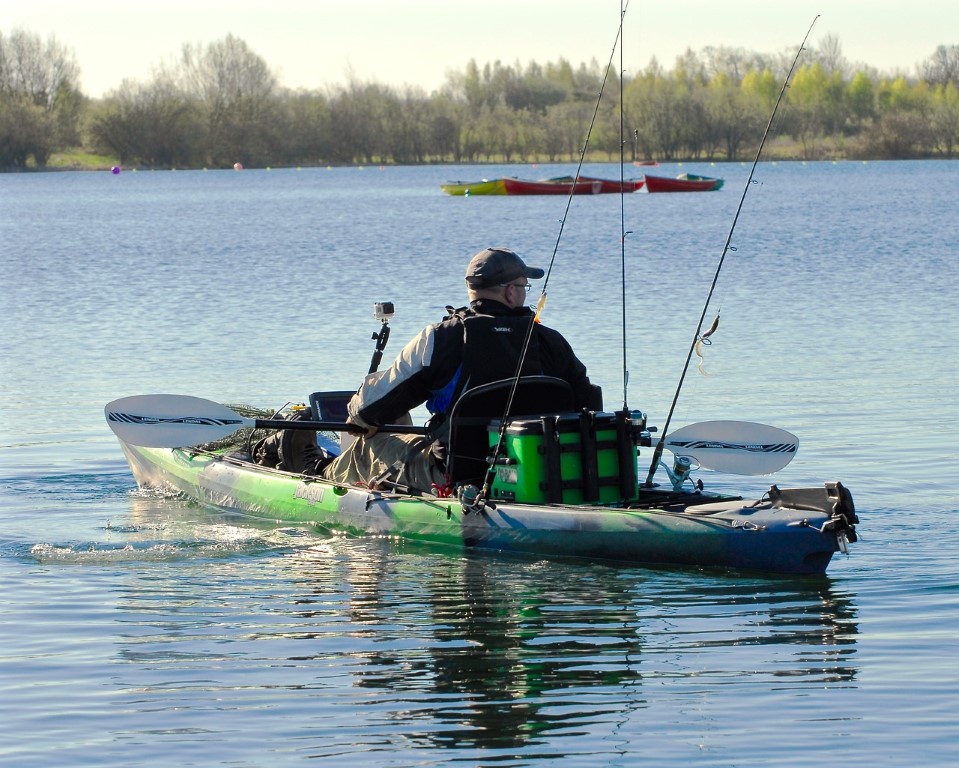
Inflatable Kayak Safety on Rough Waters
While inflatable kayaks are suitable for calm waters, some paddlers crave the excitement of navigating rough waters.
Understanding the safety implications and choosing the right inflatable kayak for challenging conditions are vital for a thrilling yet secure kayaking experience.
Here are some important points to consider before putting your kayak into rough waters.
Choosing the Right Inflatable Kayak:
When planning to tackle rough waters, it’s essential to select an inflatable kayak specifically designed for such conditions .
.
These kayaks typically feature reinforced construction, durable materials, and advanced hull designs, enhancing their ability to handle choppy waves and strong currents.
Look for models with multiple air chambers, ensuring that even if one chamber is compromised, the kayak remains buoyant, allowing paddlers to safely reach the shore.
Enhanced Stability and Maneuverability:
In rough waters, stability is key to preventing capsizing. Inflatable kayaks designed for challenging conditions often have wider hulls and lower centers of gravity, providing enhanced stability.
Additionally, some models feature rigid drop-stitch floors that add rigidity to the kayak, making it more responsive to paddling strokes and allowing for better maneuverability amidst the waves.
These design features help paddlers maintain balance and control, reducing the risk of tipping over in turbulent waters.
Proper Safety Gear and Personal Preparation:
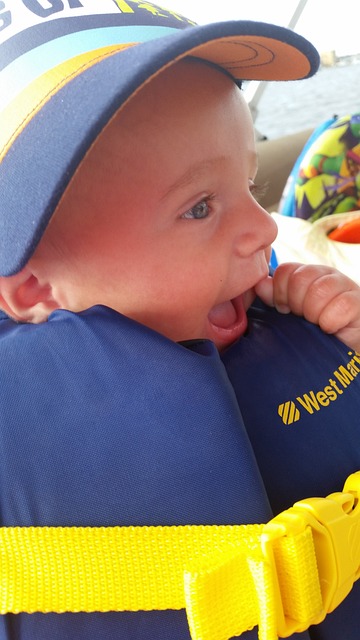
When tackling rough waters, wearing appropriate safety gear is non-negotiable. Paddlers should wear a high-quality personal flotation device (PFD) at all times, ensuring they remain buoyant in case of an unexpected fall.
Additionally, helmets are advisable, especially in whitewater conditions where rocks and obstacles pose a hazard.
Paddlers should also equip themselves with a whistle, signalling devices, and rescue tools, ensuring they can call for help and assist others if necessary.
Skill and Training:
Having the right equipment is essential, but so is having the skill and knowledge to navigate rough waters safely. Paddlers should undergo proper training in kayaking techniques, especially those specific to challenging conditions.
Learning how to read water currents, execute effective strokes, and perform self-rescue manoeuvres are crucial skills for paddlers venturing into rough waters.
Knowledge of eddies, rapids, and safe routes is vital for making informed decisions on the water, ensuring a safer and more enjoyable kayaking experience.

Weather and Conditions Awareness:
Rough waters can be unpredictable, and conditions can change rapidly due to weather, tides, or other environmental factors. Paddlers should closely monitor weather forecasts and be aware of local water conditions.
Strong winds (especially offshore winds), high waves, and rapidly changing currents can significantly impact the safety of a kayaking trip.
Paddlers should plan their route accordingly, avoiding areas prone to dangerous conditions, and be prepared to change plans if the weather deteriorates.
In summary, inflatable kayaking on rough waters can be a thrilling adventure when approached with the right equipment, skills, and mindset.
Paddlers should prioritize safety at all times, choosing appropriate kayaks, wearing proper safety gear, and continually improving their skills through training and experience.
By respecting the power of the water and being well-prepared, kayakers can safely enjoy the excitement of navigating rough waters in their inflatable kayaks.
By addressing these specific scenarios, paddlers can make well-informed decisions about using inflatable kayaks for various activities, ensuring the safety of both themselves and their companions on the water.
Recent Posts
There is no doubt that Paddleboarding is an excellent fun activity, that can be enjoyed by the whole family. The fact is however, like any water-based activity there is an inherent danger if proper...
Is an inflatable Paddle board preferable to a solid board? Quick answer: From a casual users point of view (myself) I would have to say a resounding YES! For these 3 reasons alone. An iSUP is...